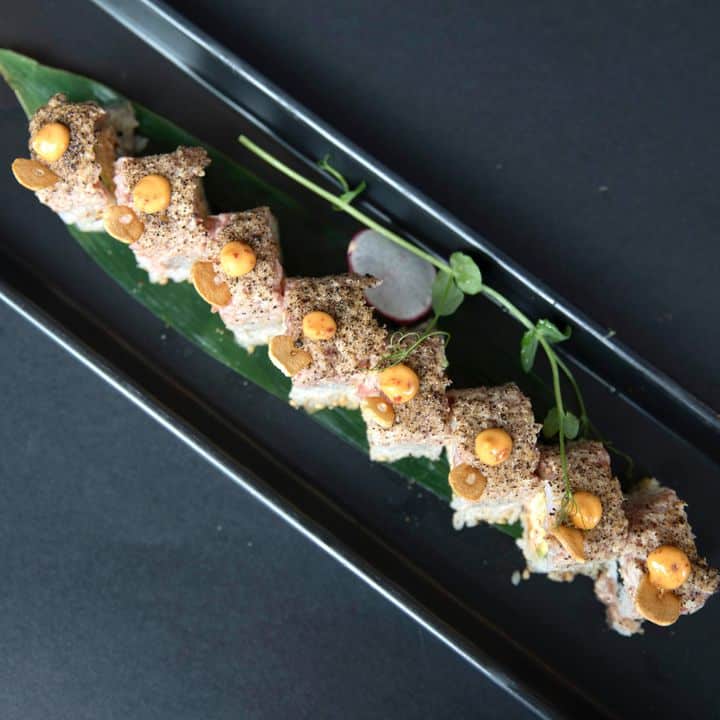California rolls are often the gateway into the world of sushi. With their familiar ingredients—imitation crab, avocado, cucumber, and sushi rice wrapped in seaweed—they feel accessible, satisfying, and even refreshing. But when it comes to nutrition, people often ask: Are California rolls healthy? The answer depends on what you’re looking for in a meal, and how mindful you are of portion sizes and dietary needs.
What’s Inside a California Roll?
A traditional California roll is made with sushi rice, seaweed (nori), cucumber, avocado, and imitation crab meat (often called “surimi”). Some versions may be topped with sesame seeds or tobiko (flying fish roe), and occasionally served with spicy mayo or soy sauce on the side.
Each of these components plays a role in the roll’s nutritional profile:
- Sushi rice: This short-grain rice is seasoned with vinegar, sugar, and salt. It provides carbohydrates and a small amount of protein, but it’s also relatively high in calories due to added sugar and its high glycemic index.
- Imitation crab: Made from processed white fish like pollock, surimi is low in fat but also low in real nutritional density compared to fresh seafood.
- Avocado: This ingredient brings heart-healthy monounsaturated fats and fiber to the roll.
- Cucumber: Low in calories and hydrating, it adds crunch without much nutritional weight.
- Nori: Seaweed is a rich source of iodine and other trace minerals, though it’s typically used in small amounts.

The Nutritional Breakdown
On average, a standard California roll (8 pieces) contains around 250–300 calories, 6–7 grams of fat, 30–35 grams of carbohydrates, and 9–10 grams of protein. It’s relatively balanced for a light meal or snack and much lower in fat and calories than fried or heavily sauced sushi rolls.
However, it’s worth noting that the sushi rice can tip the carb count higher than expected, especially for those monitoring blood sugar or following a low-carb diet. The imitation crab also contains additives and has a higher sodium content than fresh fish.
When Is It a Healthy Choice?
California rolls can fit into a healthy diet when eaten in moderation and as part of a balanced meal. They’re a better choice than fried rolls or those drenched in mayonnaise-based sauces, and they offer a solid mix of fats, carbs, and protein. Choosing brown rice (if available), skipping the soy sauce, and pairing the roll with a side of edamame or a seaweed salad can boost the meal’s overall nutritional value.
For those with specific health goals—like reducing refined carbs, lowering sodium intake, or increasing whole food protein—California rolls may not be ideal as a daily option. But as an occasional treat or part of a varied sushi order, they strike a good balance between flavor and nutrition.
Conclusion: Balanced, But Not a Superfood
So, are California rolls healthy? They can be. While not a nutritional powerhouse, they offer a relatively low-fat, moderate-calorie option within the sushi world. As with most foods, context matters. Eaten as part of a thoughtful, varied diet, California rolls can be both satisfying and reasonably health-conscious.






